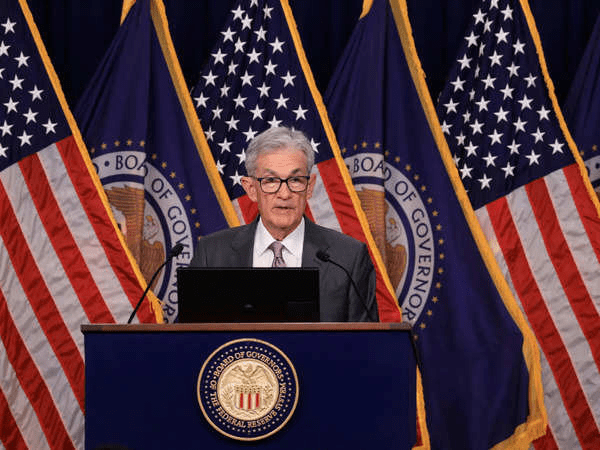
Jerome Powell’s Keynote Speech at Jackson Hole to Address Rising U.S. Unemployment and Potential Federal Reserve Rate Cuts
Fiona Nanna, ForeMedia News
7 minutes read. Updated 11:33AM GMT Thurs, 22August, 2024
As the serene mountains of Jackson Hole, Wyoming, play host to the annual gathering of top economists from around the globe, the anticipation for Federal Reserve Chair Jerome Powell’s keynote address reaches a fever pitch. The invite-only summit, hosted by the Kansas City Federal Reserve at the Jackson Lake Lodge, has become the epicenter of economic discourse, with Powell’s speech on Friday at 10 a.m. ET set to be the highlight.
This year’s address is particularly significant, given the recent economic data that has ignited concerns about the health of the U.S. labor market. The unexpected rise in the unemployment rate to 4.3% in July, coupled with the sluggish addition of just 114,000 new jobs, has prompted fears of an impending recession. These figures represent the second-lowest monthly job growth since December 2020, a worrying sign for both the Federal Reserve and the broader economy.
The Fed’s decision not to cut interest rates at its last meeting has drawn considerable criticism, especially in light of these disappointing labor market indicators. With inflation hovering just above the Fed’s 2% target and the labor market showing signs of cooling, many economists are now predicting a rate cut in September. However, the timing of this decision is under scrutiny, with some experts suggesting that the delay may have exacerbated the weakening of the labor market.
Further fueling these concerns is the recent data released by the Bureau of Labor Statistics (BLS), which revealed a potential downward revision of 818,000 jobs for March 2024. Although this data is not yet finalized, it has already led to increased speculation that the Federal Reserve may opt for a more aggressive half-point rate cut next month, rather than the anticipated quarter-point reduction.
Jackson Hole: More Than Just Talk
Powell’s speeches at Jackson Hole have historically carried significant weight, often signaling the direction of future monetary policy. Last year, Powell’s address was interpreted by investors as an indication that the Fed was done with rate hikes, despite his cautionary statements to the contrary. The market responded positively, with the Dow Jones Industrial Average gaining 241 points.
In contrast, Powell’s 2022 Jackson Hole speech delivered a stark warning about the Fed’s commitment to combating inflation, even at the cost of economic pain. The result was a sharp market sell-off, with major indices closing down by at least 3%. This speech set the stage for two subsequent three-quarter-point rate hikes.
The tradition of using Jackson Hole as a platform for monetary policy announcements is well-established. In 2010, then-Fed Chair Ben Bernanke used his address to signal further easing of financial conditions, which led to the launch of a second phase of quantitative easing (QE2) later that year. Similarly, Bernanke’s 2012 speech expressed grave concerns about labor market stagnation, which preceded the introduction of QE3.
In 2016, Janet Yellen, the then-Fed Chair and current Treasury Secretary, used her Jackson Hole address to prepare markets for a series of rate hikes, which began in December of that year and continued through 2018.
What to Expect from Powell’s Speech
Economists are predicting that Powell will adopt a dovish tone in his upcoming address, potentially signaling a shift towards lowering interest rates to stimulate the economy. However, the extent of this dovishness remains to be seen.
Citigroup economists have noted that any mention of the BLS’s downward revision of payroll data could indicate that a half-point rate cut is on the table for September. They are also forecasting similar cuts at the November meeting. Meanwhile, Goldman Sachs economists expect Powell to express increased confidence in the inflation outlook, while emphasizing the Fed’s vigilance regarding labor market data.
Should Powell suggest that the current rate level is no longer appropriate, it could raise the likelihood of a larger rate cut in September and potentially set the stage for further reductions in the months ahead.
Powell won’t be the only Fed official at Jackson Hole, and other key figures such as Kansas City Fed President Jeffrey Schmid and Atlanta Fed President Raphael Bostic will also be present. Their impromptu media interviews may offer additional insights into the Fed’s economic outlook and policy direction.
As the world watches, Powell’s words could shape not only the future of U.S. monetary policy but also the global economic landscape.

